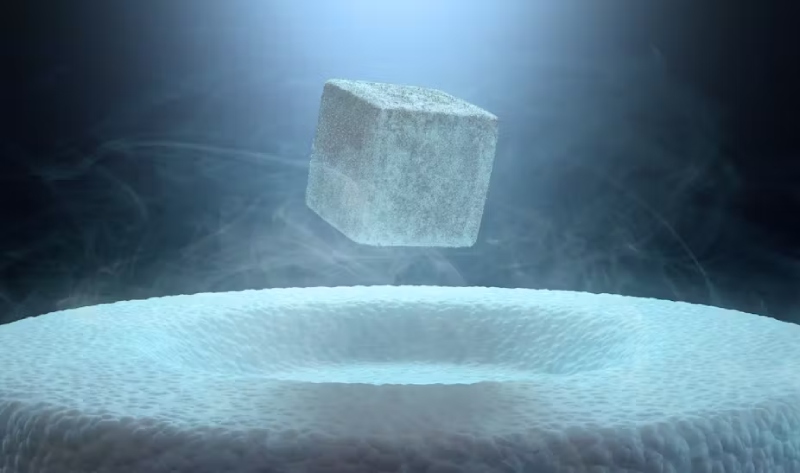Superconductor material has discovered by Researchers which can be use widely

Researchers from Tokyo Metropolitan University have developed a groundbreaking superconducting material that holds potential for broader societal applications. By combining iron, nickel, and zirconium in varying proportions, the team created a new transition metal zirconide alloy. While pure forms of iron zirconide and nickel zirconide do not exhibit superconducting properties, this newly crafted mixture demonstrates such behavior, showcasing a “dome-shaped” phase diagram typical of unconventional superconductors. This finding, published in the Journal of Alloys and Compounds, offers new possibilities in the pursuit of high-temperature superconductors.
Superconductors are already integral to advanced technologies, such as superconducting magnets in medical imaging devices, maglev trains, and energy-efficient power transmission cables. However, their reliance on extremely low temperatures—often around four Kelvin—limits their widespread use. Materials that can achieve zero electrical resistance at higher temperatures, particularly around the 77 Kelvin mark, could overcome this limitation by enabling cooling with liquid nitrogen instead of the more expensive and less accessible liquid helium.
The research team, led by Associate Professor Yoshikazu Mizuguchi, achieved a significant breakthrough by synthesizing a polycrystalline alloy of iron, nickel, and zirconium that exhibits superconducting properties. Interestingly, neither iron zirconide nor nickel zirconide alone is superconducting in crystalline form, underscoring the importance of the alloy’s unique composition.
Their experiments, which originated as an undergraduate research project, involved combining these elements in various ratios through arc melting. The resulting alloy shared the same crystal structure as tetragonal transition-metal zirconides, a family known for their superconducting potential. The team also observed a smooth variation in lattice constants, or repeating cell dimensions, depending on the iron-to-nickel ratio.
Notably, they identified a composition range where the superconducting transition temperature increased and then declined, forming a characteristic “dome-like” shape. This pattern is a promising indicator of unconventional superconductivity, opening new avenues for the development of materials capable of operating at higher temperatures.


